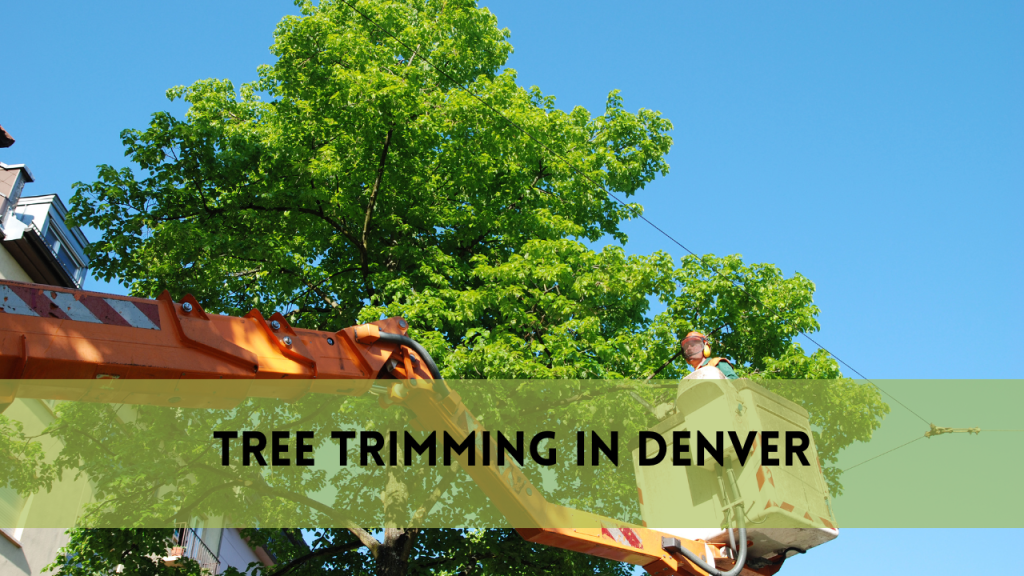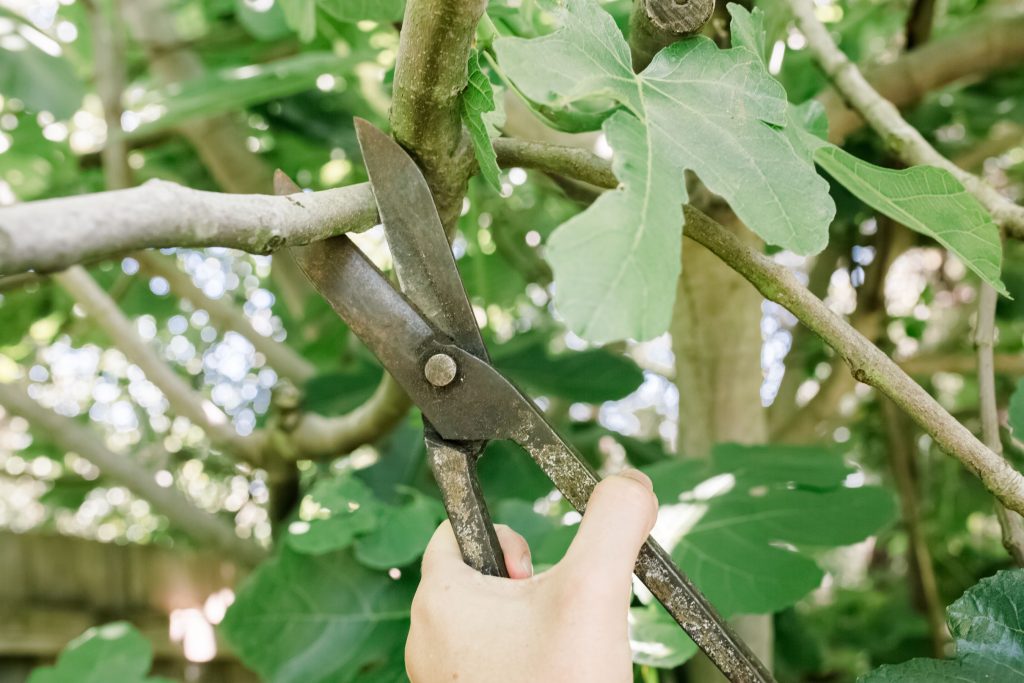Shrub Trimming Service Houston Tx.
Shrub pruning is essential for preserving the beauty and health of your outdoor landscaping. It includes the purposeful trimming and shaping of shrubs to ensure that they not only look good but also thrive in a healthy environment.
Regular shrub pruning is important for reasons other than aesthetics. It improves the general health of the bushes by fostering appropriate development, reducing overcrowding, and increasing air circulation. This approach helps to keep the bushes disease-free while also preserving their structural integrity.
Furthermore, well-trimmed bushes not only improve the visual appeal of your home but also create a welcome atmosphere. Understanding the significance of this maintenance activity and its numerous advantages is critical for any homeowner or landscaping enthusiast who want to design and maintain a landscape.
Importance of Shrub Trimming
Shrub pruning is a crucial activity in landscaping upkeep, providing various advantages that go beyond aesthetics. It is essential for maintaining the health and vitality of shrubs, preserving their lifetime, and improving the overall beauty of outdoor environments.
Regular pruning promotes regulated growth, allowing shrubs to keep their desired form and size. It promotes better foliage and new development by removing dead or overgrown branches. This technique also prevents concerns such as overcrowding, which can lead to poor air circulation and disease susceptibility.
Furthermore, well-trimmed bushes add greatly to a property’s visual attractiveness. They contribute to the overall beauty of the landscape by giving it a well-maintained and tidy appearance. Aside from the aesthetic benefits, appropriate pruning helps to maintain the structural integrity of bushes, making them more durable.
In essence, the significance of shrub trimming extends far beyond mere cosmetic enhancements. It plays a crucial role in preserving the health, beauty, and longevity of outdoor greenery, making it an integral aspect of landscape maintenance.
Benefits of Shrub Trimming
Shrub pruning has several advantages that go beyond simply improving the visual attractiveness of outdoor settings. These benefits include both the aesthetic and health benefits of the plants.
One of the most important advantages is the encouragement of healthy development. Trimming allows for greater air circulation and sunshine exposure by removing dead, diseased, or overgrown branches. This method promotes new development, resulting in lush, colorful foliage. Regular pruning also helps to the general health and lifespan of plants. It aids in disease prevention by removing possible breeding sites for pests and pathogens. Furthermore, pruned shrubs are more resistant to environmental stresses like harsh weather or insect infestations. Aesthetic benefits abound as well, since well trimmed bushes offer a well-groomed and clean aspect to the landscape. They improve curb appeal by giving any property an attractive and well-kept appearance. Overall, the benefits of shrub pruning include increased health, strong development, disease avoidance, and greater esthetic appeal, making it a crucial technique in landscaping and preserving outdoor environments.
Techniques for Trimming
Various approaches are used to manage the health, form, and general look of shrubs. Here are a few examples of widely used methods:
Rejuvenation prune: This pruning is pruning overgrown or neglected bushes in order to revive them. It entails pruning older branches to encourage fresh growth and vigor.
Shearing: Shearing is a process of consistently shaping bushes that employs specialized instruments such as hedge trimmers. It’s useful for establishing formal forms and keeping geometric patterns consistent.
Selective pruning: This approach removes particular branches, focusing on removing dead or diseased sections while retaining the natural shape of the shrub. Precision and thorough evaluation are required
Thinning: Thinning is the process of carefully removing branches from a shrub to enhance air circulation and enable sunlight to penetrate. It aids in lowering density without dramatically affecting the morphology of the shrub.
Heading back: This technique involves pruning the terminal section of branches to promote lateral development. It’s beneficial for limiting size and encouraging bushier growth.
Pinching: Typically employed on smaller shrubs, pinching is physically removing the tips of new growth with your fingers or pruning shears. This promotes branching and gives the plant a fuller look.
Shrub Trimming Service
Professional tree trimming Services
Professional shrub trimming services provide knowledge and support in preserving the health and look of your outside flora. These services are provided by qualified specialists who are well-versed in shrub care, who use their knowledge and specialized instruments to ensure accurate and successful trimming.
Expertise: Professionals have extensive understanding of diverse shrub species, growth patterns, and trimming requirements. They can evaluate the individual demands of your plants and offer proper pruning strategies.
Certifications and Licensing: Ensure the trimming service holds proper certifications and licenses. This guarantees that they adhere to industry standards and possess the necessary expertise
Precision and quality: Trained specialists utilize specialized equipment and procedures to ensure precise and thorough trimming. This leads in well-shaped shrubs with better beauty and health.
Safety precautions: During the trimming procedure, professionals stress safety. They have the essential safety equipment and procedures to handle tools and execute trimming jobs without putting themselves or your property in danger.
Efficiency : Professional trimming services execute trimming chores effectively, saving you time and effort. They complete the work quickly while upholding high quality standards.
Customized Services: Professional trimmers adapt their services to your unique requirements. They can give tailored solutions for routine maintenance as well as addressing special challenges such as disease management or reshaping.
Advice and Recommendations: These professionals frequently provide helpful advise on shrub care and maintenance, such as watering regimens, fertilizing, and continuing care to ensure your shrubs remain healthy after cutting.
Related Posts:
DIY Shrub Trimming
DIY (Do-It-Yourself) Shrub pruning allows homeowners to take an active role in managing their outside environments. To obtain good outcomes, however, significant thinking, proper expertise, and the appropriate instruments are required.
Before beginning DIY shrub trimming, it’s critical to understand the individual demands of the shrubs in issue. Investigate the species, growth patterns, and suggested pruning strategies. Pruning shears, loppers, and hedge trimmers are essential equipment to have on hand.
Begin by removing dead or diseased branches, making clean cuts to avoid additional harm. Maintain the shrub’s original structure while removing undesirable growth. Regularly take a step back to review progress and ensure symmetry.
While DIY trimming saves money and gives you a feeling of success, it requires vigilance to avoid over-trimming, which can cause damage.
To acquire confidence, start with smaller shrubs or less crucial pruning chores before attempting larger or more intricate undertakings.
DIY shrub trimming may be a gratifying undertaking if correct procedures and principles are followed, leading to a well-maintained and pleasing environment.
To acquire confidence, start with smaller shrubs or less crucial pruning chores before attempting larger or more intricate undertakings.
Cost Considerations
The cost of shrub trimming is affected by several factors, including:
Size and quantity: Due to the extra effort and time required for cutting, larger or more numerous bushes often incur greater charges.
Task Complexity: The complexity of the trimming task, such as the amount of overgrowth or the requirement for particular shape, might have an effect on prices.
Shrub Types: Different species have different growth patterns and pruning requirements. Some may need more complicated trimming processes, which will have an impact on cost.
Location and Accessibility: Accessibility to shrubs and distance from the trimming service’s site may influence pricing owing to transportation or logistical factors.
Additional Services: Services other than normal trimming, including as debris collection and post-trimming upkeep, can add to overall expenditures.
FAQS
How frequently should bushes be pruned?
Trimming shrubs at least once a year is typically beneficial. The frequency, however, may vary depending on the shrub type and development pace.
Can excessive pruning hurt shrubs?
Yes, excessive cutting can cause stress and stunt the growth of bushes. To avoid damage, correct pruning rules must be followed.
Is there a season for cutting shrubs?
While certain shrubs may be pruned all year, it is frequently ideal to prune flowering shrubs after they have finished blooming.
What instruments are required for do-it-yourself shrub trimming?
Pruning shears, loppers, hedge trimmers, and protective equipment such as gloves and goggles are all necessary.
Can I design my bushes in whatever way I want?
When shaping shrubs, keep their natural growth pattern in mind. Extreme shaping may be hazardous to their health.
Conclusion
Finally, shrub cutting is an essential activity in landscaping upkeep. Whether you hire a professional or do it yourself, the benefits of frequent pruning go beyond looks, adding to the general health and lifespan of your bushes. You may make educated judgments about your outdoor greenery by examining elements like as experience, cost, and approaches. Invest in adequate maintenance and pruning to create a welcoming and well-kept outside environment that adds value and appeal to your home.



